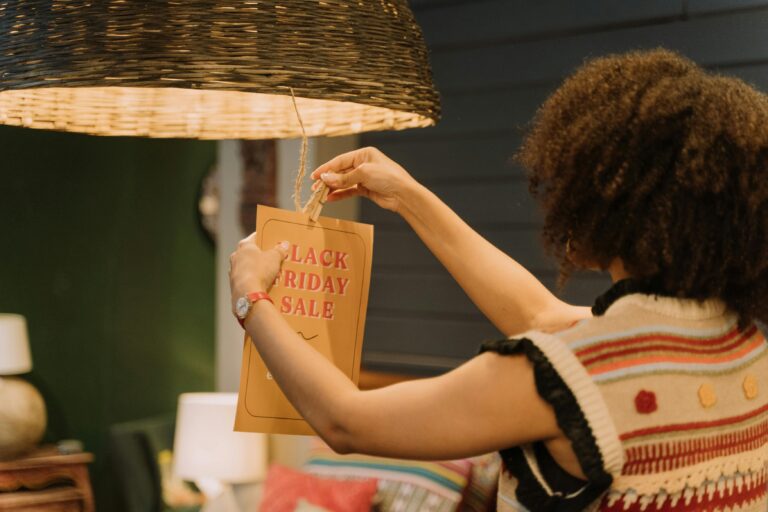Selling prints is an exciting way for photographers and artists to showcase their work and generate income, but not all prints are created equal. If you’re looking to establish yourself in the fine art market, choosing the right paper is just as important as capturing the perfect image. PermaJet Fine Art Papers offer a premium quality that enhances print longevity, elevates detail, and increases the perceived value of your work.
With customers willing to pay more for high-quality, museum-grade prints, the paper you choose can significantly impact how your work is received. Whether you’re selling limited edition prints, creating gallery displays, or offering collector’s pieces, using PermaJet Fine Art Papers can elevate your brand and justify premium pricing. Plus, as a PermaJet affiliate, I can offer you 10% off all PermaJet paper when you use the discount code CHRISH10 at checkout.
Why Paper Choice Matters in Fine Art Printing
Many photographers and artists focus heavily on their cameras, lenses, and editing techniques but overlook one crucial detail—the printing process. The paper you choose affects the final look, feel, and durability of your prints. Standard paper won’t cut it if you want to sell prints as fine art.
Key reasons why paper choice matters:
- It enhances colour vibrancy and tonal depth.
- It ensures long-lasting, archival-quality prints.
- It adds texture and dimension, creating a more immersive visual experience.
- It influences how customers perceive the value of your work.
If you’re serious about selling high-end prints, PermaJet’s fine art range offers some of the best options available.
How PermaJet Fine Art Papers Enhance Your Prints
PermaJet has built a reputation for producing exceptional inkjet papers designed for professional photographers and artists. Their fine art papers not only enhance the aesthetic appeal of your work but also provide long-term durability, making them ideal for limited edition prints and high-end sales.
1. Museum-Quality Archival Papers
One of the biggest concerns when selling prints is longevity. Customers investing in fine art prints want assurance that their purchase will stand the test of time. PermaJet Fine Art Papers are acid-free and certified for archival standards, meaning they won’t yellow or degrade over the years.
2. Exceptional Detail and Colour Accuracy
The surface texture and coating of PermaJet papers allow for crisp details, deep blacks, and rich colour gradation. Whether you’re printing vivid landscapes, high-contrast black and white portraits, or delicate fine art pieces, the right paper will make your images pop.
3. Premium Texture Options
PermaJet offers a variety of textures that add depth and personality to your prints. Some of the top choices include:
- PermaJet Portrait Rag 285 – Ideal for black and white photography, providing deep contrast and smooth highlights.
- PermaJet Museum Heritage 310 – A textured fine art paper with a slightly rough surface that enhances fine details.
- PermaJet FB Gold Silk 315 – A baryta paper that mimics traditional darkroom prints with a luxurious silk finish.
4. Perceived Value for Limited Editions
Customers purchasing limited edition prints expect exclusivity and high-end materials. By using PermaJet Fine Art Papers, you can create limited editions that command higher prices, offering certificates of authenticity and showcasing the longevity of your work.
How to Price Your Prints Using High-Quality Paper
If you’re using premium fine art papers, you can justify higher pricing for your prints. Here’s how to structure your pricing effectively:
- Calculate Material Costs:
- Consider the cost of PermaJet paper, ink, framing, and packaging.
- Use the 10% discount code CHRISH10 for savings on PermaJet paper.
- Consider Market Trends:
- Research what similar photographers and artists charge for fine art prints on premium paper.
- Add Perceived Value:
- Offer limited editions with numbered certificates.
- Highlight the museum-grade quality of PermaJet papers in your product descriptions.
Conclusion
If you want to sell prints that stand out and retain their value over time, investing in PermaJet Fine Art Papers is a must. High-quality paper not only enhances the appearance of your work but also increases its perceived value, allowing you to command premium prices. Whether you’re producing black and white portraits, high-end landscapes, or limited edition collector’s prints, the right paper makes all the difference.
Ready to elevate your prints? Use my exclusive PermaJet discount code CHRISH10 to get 10% off your fine art paper and start selling high-value prints that last a lifetime.
SEO Keywords
- Best fine art paper for prints
- Selling high-quality prints
- PermaJet fine art paper review
- How to price fine art photography prints
- Limited edition print pricing
- Archival paper for photography
- Professional printing for artists
- How to make money selling prints
- Fine art paper vs standard paper
- Best PermaJet paper for black and white prints





